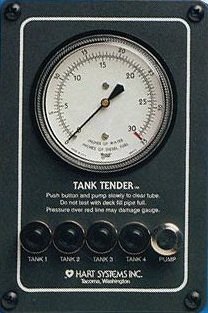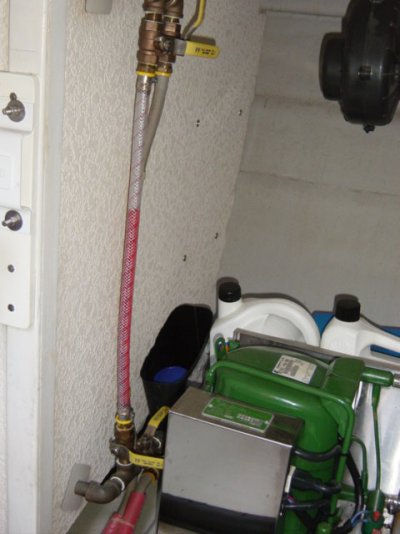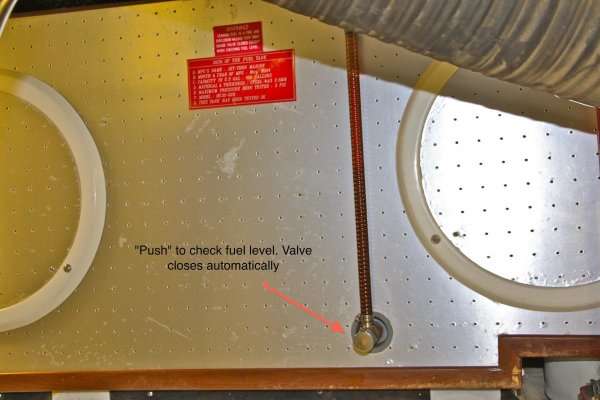bshillam
Guru
- Joined
- May 18, 2013
- Messages
- 801
- Location
- USA
- Vessel Name
- Our Heaven
- Vessel Make
- 1997 4800 Navigator
In working towards understanding the fuel delivery system I'd like to get a measure on owners that have either added a fuel gauge or sight tube. The boat originally came with dips. Now one of the dip holes are being used for the diesel furnace. So I have to pull the carpet, open the deck hatch and than I have access to the only dip available (one tank). Has anyone added a fuel gauge or sight tube? If so how do you like the new addition? I am thinking of adding two fuel gauges, but maybe it's over kill for the boating we do right now. But I am feeling lazy and think this might be a nice little addition to the vessel.



 I usually fill up when the gauges reach 1/2 tank which is in the neighborhood of 240 - 260 gallons
I usually fill up when the gauges reach 1/2 tank which is in the neighborhood of 240 - 260 gallons




